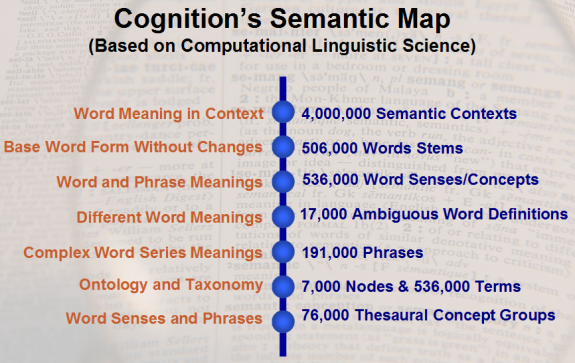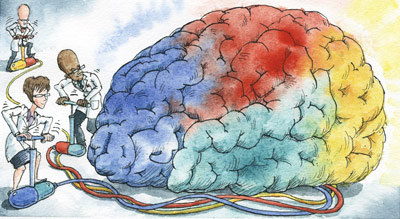Is Coffee Good for Your Cognition?
Friday, July 17th, 2009 Occasionally I blog on the impact of food and off-prescription use of drugs on cognition. Although not a likely tool for the cognitive designer, they may have implications for those that design events, services and workflows. And they are certainly relevant for those interested in augmented cognition and cognitive training.
Occasionally I blog on the impact of food and off-prescription use of drugs on cognition. Although not a likely tool for the cognitive designer, they may have implications for those that design events, services and workflows. And they are certainly relevant for those interested in augmented cognition and cognitive training.
So the item in Medical News on Medical Impairment and Alzheimer’s Reversed by Caffeine in Mouse Model caught my eye. The effect takes the equivalent of five cups a day but I do that. Most interesting, the researchers believe caffeine could be a treatment not just a preventative measure.
This, along with the growing number of studies on how caffeine improves your cognitive performance on tasks that involve vigilance, helps to justify the faulty belief that caffeine is good for me!









